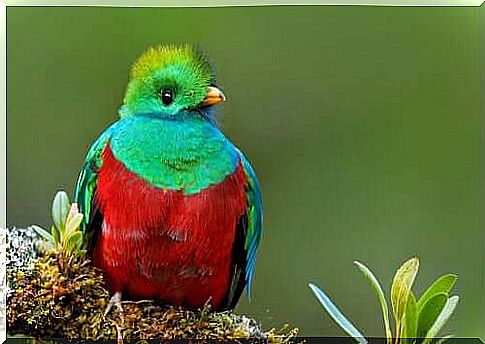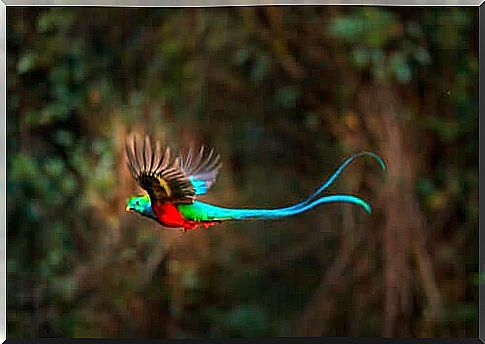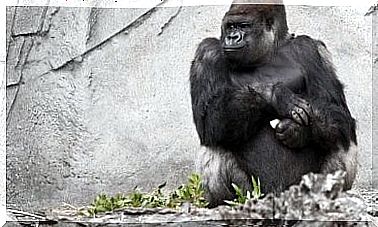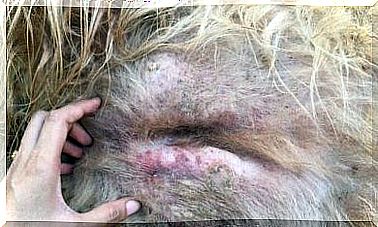Quetzal: A Beautiful And Mysterious Bird

The quetzal, scientifically known as Pharomachrus mocinno , is one of the most emblematic climbing birds in Mexico and Central America. Its color and symbolism make it one of the most sought after species, with all the harm that such persecution entails.
Etymologically, the name quetzal has its roots in the Mexican náhuatl term quetzalli, which means ‘beautiful glowing feather’.
The beauty of this bird, both in hue and elegance, made it linked with deities in the past. Thus, while the Aztecs related it to Quetzalcoatl, the Maya associated it with Kukúlkan.
Quetzal morphology and behavior
Despite having, on average, about 40 centimeters, there are specimens that can reach one meter. Most of this length is due to the tail feathers, the most appreciated for their size and eye-catching pigmentation.
However, when making a physical description of the quetzal, it is necessary to distinguish between adult females and males. These are the ones that stand out for their physical appearance.
Males have four supra-caudal covering feathers with an intense iridescent emerald green. In fact, depending on the sunlight, blue or golden hues can be observed, which gives them a ‘sacred aspect’.
The belly is covered with electric red feathers, lacking in females, which present a general green and gray color, less striking.
Another distinctive feature of the females is the presence of a black mouth and a shorter tail, white and crossed by dark horizontal lines.

Quetzal is also known for its fondness for avocados. Also, your diet includes other fruits, such as blackberries, and insects.
Also noteworthy is the song issued between the months of February and June, coinciding with the breeding season. The soft whistle is justified by an ancient Guatemalan legend that attributes the loss of intensity in quetzal singing to the Spanish conquest.
Nests tend to be built using small cavities in trunks, but they are never on the ground. Each female usually lays two eggs, which are incubated in a rotational fashion by both the father and mother.
At 20 days, small featherless chicks hatch. A month later, they will have the plumage they need to make short flights and look for food on their own.
Distribution and state of preservation
Quetzal is found dispersed in the forests of Mexico and Central America. Its presence in mountains with an altitude above 2000 meters stands out.
It lives in the trees that make up the forest canopy, although its taste for decaying trees, trunks or holes previously made by other birds is also highlighted.
It is usually quite inactive, without making major changes to its surroundings. The exuberant vegetation, provided by the permanent humidity, allows a good supply of fruits throughout the year.

Currently, the International Union for the Conservation of Nature considers that its state of preservation is close to being threatened.
Paradoxically, its attractive appearance and the mythological load that accompanies the origin of this species are the factors that most harm it, as it converts this bird into an object of hunting and illegal trade.
Furthermore, climate change and the destruction of their habitat have contributed to the disappearance of more than half of the sites suitable for nesting, with the consequences that this has and will have on future populations.









